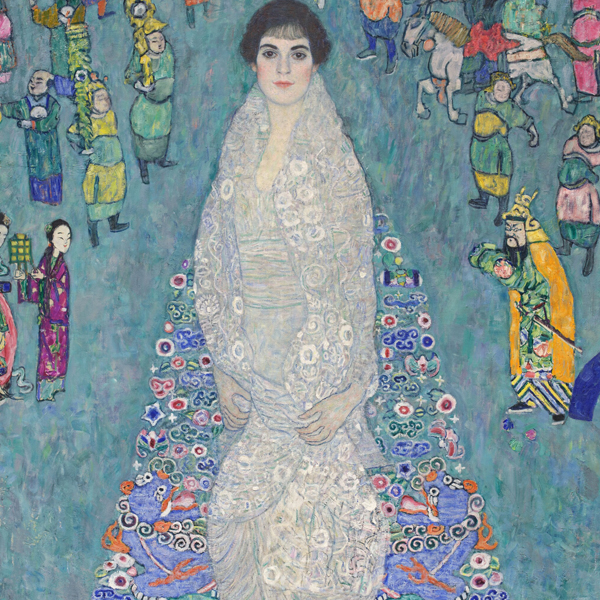
Photo: Andreas G. Nerlich, et al. (2024), The Breast.
Even now, over 500 years after its completion, researchers are still unraveling the rich imagery throughout Michelangelo’s Sistine Chapel fresco. The latest discovery is one that beautifully merges medical science and art history by suggesting that Michaelangelo may have featured a woman with breast cancer in his iconic fresco.
Eight art historians and medical experts meticulously analyzed Michelangelo’s depictions of breasts within the fresco, primarily relying upon iconodiagnosis. This interdisciplinary field diagnoses representations of potential illnesses within renowned artworks. The results of their study were recently published in The Breast, an interdisciplinary journal focusing on advancements in breast cancer prevention. Ultimately, researchers identified a woman with “abnormal breast morphology” that challenges the misconception that breast cancer is solely a modern disease.
The woman sits hunched within the fresco’s The Flood panel, centering around the biblical drama of Noah’s Ark. Adorned with a blue head scarf, which signifies that she’s married, the woman clutches herself right below her right breast. When compared to other women throughout the painting, all of whom bear healthy breasts no matter their age, it becomes clear that this particular figure exhibits symptoms consistent with those of breast cancer.
The woman’s right breast is rendered with a retracted nipple, deformed skin, and the suggestion of two lumps peeking through her skin. The experts behind the study claim that the inclusion is no accident, given Michelangelo’s preoccupation with human anatomy. Throughout his artistic career, Michelangelo developed a keen understanding of the human body through his participation in autopsies, and exercised incredible precision and intentionality when depicting human bodies in his artworks.
“[Iconodiagnosis] may teach us both about diseases in history, but also gives us an insight how a ‘diseased status’ may have been ‘used’ as a stylistic metaphor in ancient times,” Andreas G. Nerlich, the lead researcher of the study, tells artnet. Indeed, Nerlich and his team posit that Michelangelo imagined breast cancer as a thematic symbol in this fresco.
“The representation of a probable breast cancer is linked to the concept of the impermanence of life and has the significance of punishment,” the study authors claim. They also note that the woman in question is pointing toward the ground, a possible memento mori and reference to her truncated life.
The discovery follows one from decades earlier, concluding that the subject of Michelangelo’s Night sculpture also had breast cancer. Both findings offer compelling insight into the history of breast cancer and its artistic representations both within and beyond Michelangelo’s oeuvre.
Michelangelo’s Sistine Chapel fresco is one of the most iconic works in art history.

The ceiling of the Sistine Chapel, featuring Michelangelo's fresco. (Photo: Antoine Taveneaux via Wikimedia Commons)
New research suggests that a woman with breast cancer may be featured within the Sistine Chapel fresco.

Detail from Michelangelo's fresco. (Photo: courtesy of Andreas G. Nerlich, et al. (2024), The Breast)
Unlike all the other women within the fresco, this particular figure has a breast consistent with symptoms of breast cancer, including a retracted nipple and lumps.
View this post on Instagram
Michelangelo has depicted breast cancer before in his sculpture Night, highlighting the fact that he used the illness as a stylistic metaphor.

“Night” by Michelangelo. 1526-1531. Basilica of San Lorenzo, Florence (Photo: George M. Groutas via Wikimedia Commons, CC BY 2.0)
Source: Did Michelangelo paint a young adult woman with breast cancer in “The Flood” (Sistine Chapel, Rome)?






















































































